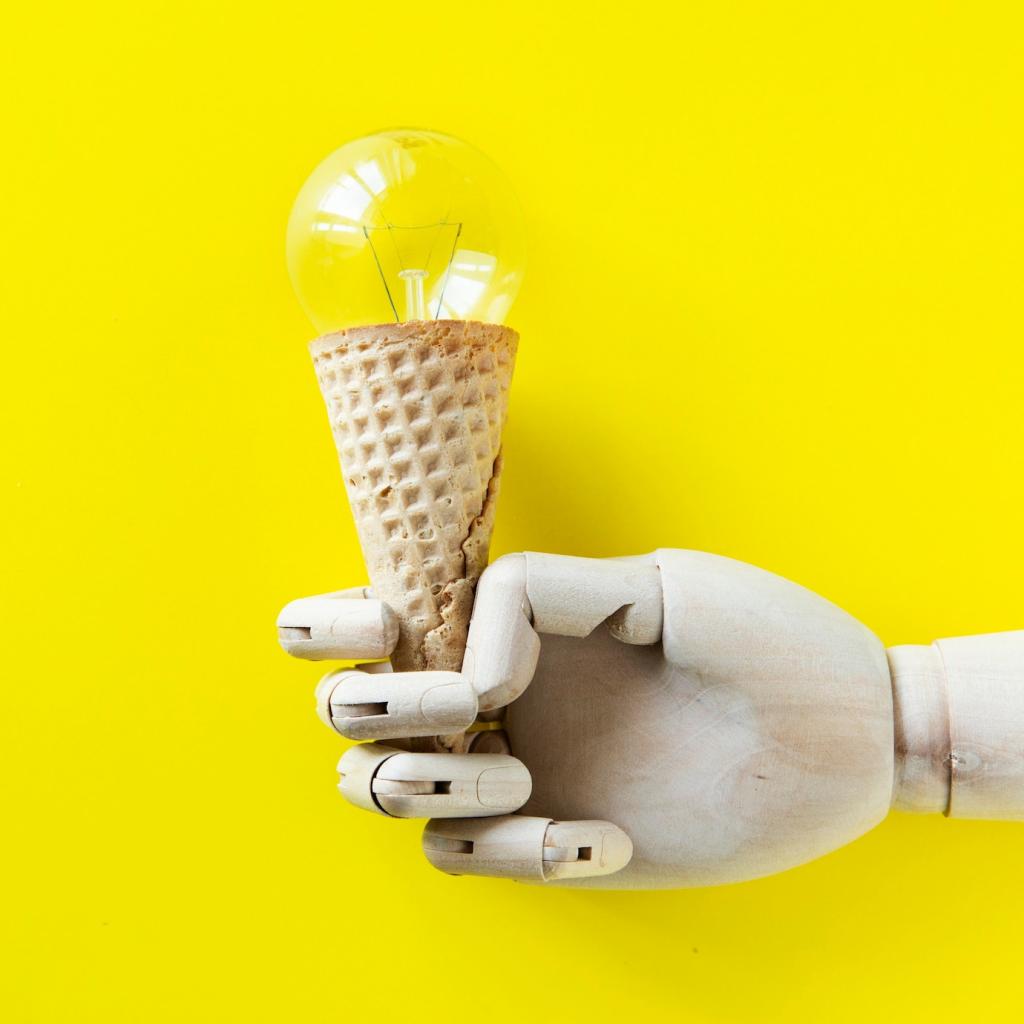
The Art of Upcycling: Breathing New Life into Furniture
Chosen theme: The Art of Upcycling: Breathing New Life into Furniture. Welcome to a space where tired chairs, chipped dressers, and forgotten tables rediscover their purpose. Explore stories, techniques, and inspiration that turn castoffs into keepers—while inviting you to comment, subscribe, and share your own transformations.
Why Upcycling Furniture Changes Everything
Every rescued chair or dresser represents pounds of waste diverted from landfills and a story saved from oblivion. When you restore, you protect resources, honor skilled makers, and bring meaningful character into your home’s daily rhythm.
Choosing to upcycle lowers demand for new manufacturing and the energy it consumes. Small choices add up: refinishing a solid-wood table often preserves embodied carbon and reduces shipping emissions compared to buying something brand new.
A scuffed heirloom holds memories in every mark. When you refinish a grandfather’s nightstand or reupholster a parent’s armchair, you honor family history, preserve story-rich materials, and create a daily reminder of where you come from.

Preparing Your Piece: Assessment, Safety, and Setup
Reading the Bones
Start by checking joinery, veneer edges, and wood movement. Identify species, look for water damage, and decide whether to refinish, repaint, or reface. A clear assessment guides your materials, techniques, timeline, and final design decisions.
Safety First, Always
Ventilate well, wear a respirator rated for particulates and vapors, and test for lead on older finishes. Gloves, eye protection, and dust collection prevent surprises, while careful labeling of solvents keeps your workspace organized and safe.
Setting Up a Joyful Workspace
Lay drop cloths, elevate furniture on blocks, and cluster tools within arm’s reach. Good lighting reveals flaws before the final coat. Build a playlist, pour tea, and treat the process like a creative ritual worth savoring slowly.
Materials and Tools That Make Magic
Milk paint creates velvety depth, chalk paint adheres beautifully with minimal prep, and waterborne polyurethane protects without yellowing. Consider VOC levels, sheen preferences, and durability needs so your revived piece looks great for years.


Materials and Tools That Make Magic
Keep wood glue for joints, hide glue for traditional repairs, and epoxy for structural gaps. Pair with quality wood filler, clamp thoughtfully, and sand in stages. Patience here prevents cracks, creaks, and disappointments down the road.

Design Direction: Finding Your Upcycling Style

Think crisp silhouettes, subtle grain, and two-tone contrasts—painted bases with natural tops. Brass knobs add warmth without clutter. Keep lines clean, let wood speak, and invite calm energy into busy rooms that need breathing space.

Join the Movement: Share, Learn, and Grow
Show Us Your Before-and-After
Post photos of your transformations and tag your favorite techniques. Tell us what surprised you, what went sideways, and what you’d try differently next time. Your story might spark someone’s very first rescue project today.
Subscribe for Weekly Upcycle Sparks
Join our newsletter for step-by-step guides, tool comparisons, and candid makeovers. We’ll share seasonal projects, reader spotlights, and troubleshooting tips that help you move from inspiration to action with confidence and joy.
Ask, Advise, Celebrate
Drop questions about finishes, fabrics, or repairs in the comments. Offer advice from your own trials. Applaud beginners’ courage. Together we build a generous, practical library of knowledge that keeps beautiful furniture in loving circulation.
